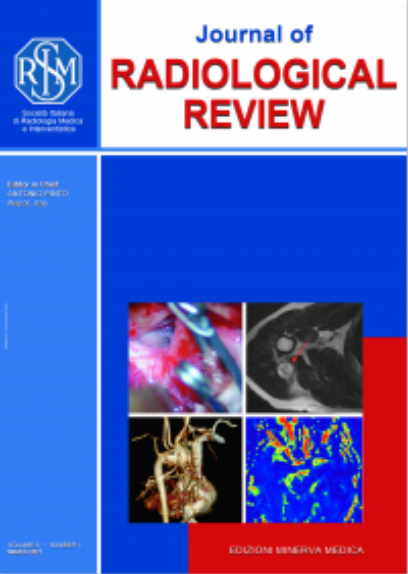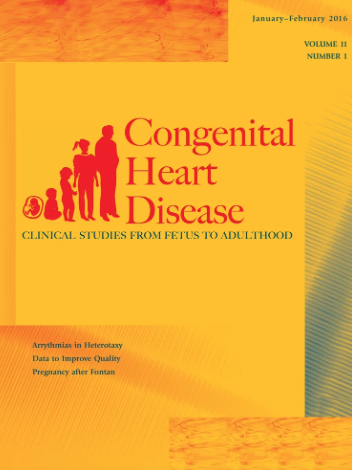Three-dimensional (3D) printing anatomical models of complex heart diseases are precious for preoperative planning, anatomical relationships and intraoperative guidance. Pulmonary atresia with ventricular septal defect (PA-VSD) and major aortopulmonary collateral arteries (MAPCAs) is one of the most challenging surgical conditions to manage because of the timing and the technical complexity of the surgery. This complex congenital heart disease has still a poor prognosis, generally less than 50% survival at 2 years. We describe the impact of computerized tomography scan and 3D printing model for decision making in surgical procedure strategy in a newborn with PA-VSD and MAPCAs, underwent to palliative surgery.
Read complete pubblications here



